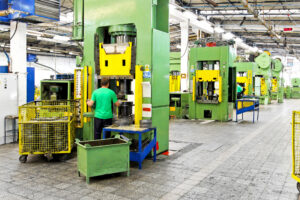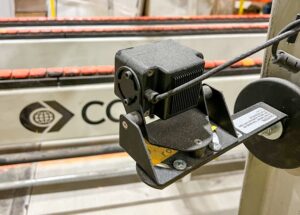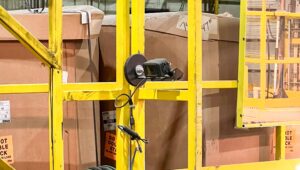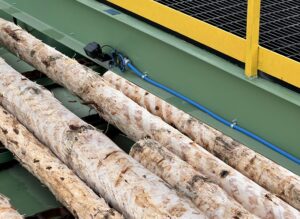Food processing plants have always been under close scrutiny. There are no less than four regulators that ensure our food is safe to consume: the Food Safety and Inspection Service (FSIS) of the U.S. Department of Agriculture, the U.S. Food and Drug Administration (FDA), and the Centers for Disease Control and Prevention (CDC).
Add to this another close scrutinizer: public opinion. All it takes is one article or news broadcast about irregularities in your food processing plant for your sales to plummet.
While the regulations and penalties for breaking them are stiff, there are also solutions that can help you comply, avoid hefty fines, and, above all, make sure that the food you process is safe. Better yet, these solutions can also help streamline your business and increase efficiency and productivity.
Learn how installing the right video monitoring system will help you be more compliant as well as its other benefits.
Video Monitoring Enhances Food Processing Safety and Compliance
Despite human supervision, there are things that can easily escape the naked eye. With video monitoring and analytics, you can review the footage any time you need and spot even the tiniest procedural fault that has the potential to contaminate the food:
- Spot any intruders that should not be allowed into certain areas of your food processing plant. This will give you an excellent opportunity to review your access control systems as well.
- Improve your training: do your employees wear hairnets, gloves, and other protective equipment properly? Video monitoring will show even the tiniest slip—you can correct it right away.
- Uncover any infestation before it gets out of control. Mice, rats, and insects are…well, rather small and great at avoiding humans. They can easily be missed by the naked eye.
- Use video monitoring to pass FDA inspections easier. While these inspections are not exactly a walk in the park, a video monitoring system can help you prove your point. For instance, you can show that your plant is secure and that your food has very little chance of being contaminated by outside sources.
Improve the Security of Your Food Processing Facilities
Physical security in food processing plants has two major components: the safety and security of your employees and that of your equipment and products. Video monitoring can help you improve both:
- Simply adding visible cameras will deter theft attempts.
- Safety training for your employees needs to be updated regularly. Use video monitoring to spot the processes that have the highest risk for accidents and re-train the at-risk employees.
- Discover risky behaviors before they turn into tragedies. Oftentimes, people get too relaxed near dangerous equipment. It’s important not to miss these tendencies and get a chance to talk to your staff about their safety.
Streamline Food Processing Operations and Reduce Food Waste
Food waste is a global problem, both at the industrial and the consumer level. For a processing plant, food waste means your environmental practices need to be updated—be careful, this is something your buyers care about more and more!
More importantly, when you waste food you’re losing money. Video monitoring can help you detect:
- Processes that waste ingredients and can be optimized
- Processes that result in a lot of food that needs to be discarded (e.g., burnt food)
- Food theft
Moreover, food processing plants typically have large workforces, which are hard to monitor manually by human supervisors. You need the bird’s-eye-view to be able to spot employees who need additional training, who lag behind their peers, or who don’t match the median productivity level.
Choose a Dedicated Video Monitoring System for Food Processing Facilities
There are many advantages to using video monitoring for food processing and manufacturing operations. But you can only leverage them if the cameras you choose are specifically designed for your industry.
Food processing plants are harsh environments. They can be humid and have areas with drastic temperature variations, depending on the type of food you process. High vibrations from equipment are also very common in these plants.
An off-the-shelf camera won’t last in these environments. And while you can still use it to monitor everything you need, you will have to change it so often that its benefits will be completely lost: replacing cameras frequently is expensive and it comes with considerable disruptions.
Instead, use cameras that can withstand the environment of your processing plant. Our CC02 camera is used successfully by processing plants across the world, due to its resistance to moisture, vibrations, and extreme temperatures. The CC06 camera, with its AISI 316 stainless steel housing, is bacteria- and corrosion-resistant, so you can be sure that the very thing that’s supposed to protect you doesn’t contaminate your processing facilities.
Need help choosing the right system for you? At Opticom, we know the ins and outs of food processing plants and we can advise you on how to choose the cameras that match your needs and your budget. Let’s talk!







